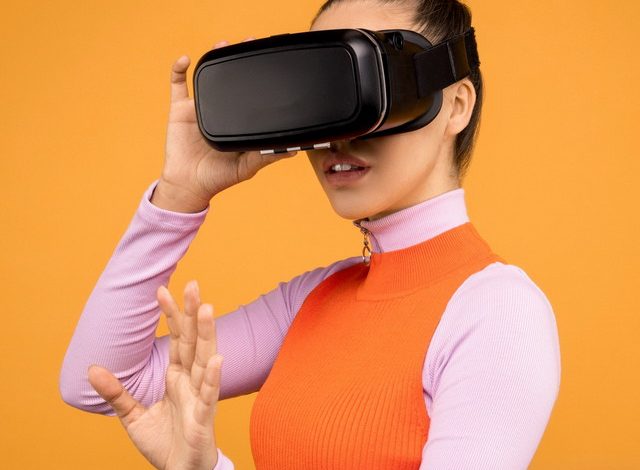VR & AR – The latest gadget being adopted by the property industry

As we become increasingly connected by the internet each day, technology is bringing us closer together, allowing us to communicate well regardless of distance. Virtual reality (and its cousin Augmented reality) allow us to take that connection even further, stepping into each other’s worlds and visualizing things that haven’t yet been realized. If you have a rental property we recommend you use this online tool Roofstock an Investment calculator.
This modern technology is also being used in a variety of different industries, and by a range of different companies, in order to help entrepreneurs, investors, and developers to be more efficient. Are you interested in finding out more about virtual and augmented reality? As an example of how they’re being used in industry, here’s a small explanation on each, and an example of how they’re used to benefit the property industry.
Virtual Reality – How it works
The evolution of those red and blue 3D glasses that we used to wear when going to the cinema every now and again, and quite the evolution at that, VR is a headset device with two lens-like screens, projected a high-quality 3D image that tricks the brain into thinking it’s on the top of the empire state building, or at the bottom of the ocean. A tech that has been improving incrementally in the gaming industry over the years, its potential usage in all sorts of different industries are exciting, to say the least.
An example usage – In the property industry, virtual reality has become an integral part of the off-plan investment process, at least for companies like RWinvest that are forward-thinking and want to use the technology to their advantage in order to help better inform potential investors. Off-plan refers to an investment type that is still in the planning stages and has not yet been completed, and so VR is used to provide an authentic, fully immersive realisation of what the property will look like upon completion.
Of course, as eluded to in the initial opening paragraph, another added benefit of virtual reality is that, provided the equipment is to hand, can be accessed remotely, and from anywhere in the world. The possibilities for next level communication and simulation here are endless, but again thinking specifically about property, international investors can use this to conduct a ‘virtual viewing’ of a property that they’re interested in buying, without having to travel all the way to the construction site.
Augmented Reality – How it works
The distant cousin of virtual reality, AR is a technology that we see more of every day, and will probably become more popular in our day to day lives fairly soon; certainly over the course of the next decade. The difference here between AR and VR is that AR ‘augments’ and overlays images onto the existing environment, whereas VR replaces them completely. It’s a little less headache-inducing, and the uses are also very different.
An example usage – In the property world, augmented reality is being increasingly used at a consumer level, and so it might be something that you have already come into contact with or used before. Interior designers and consumers often use apps and services that overlay potential new furniture designs onto their planned space, showing them what they’ll look like on completion and thus giving them a better idea as to whether to go ahead with them or not.




